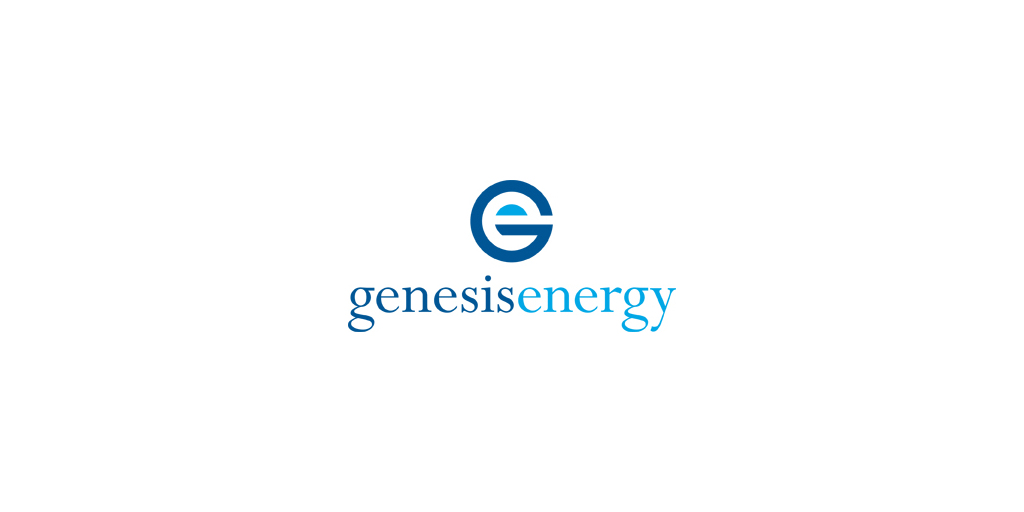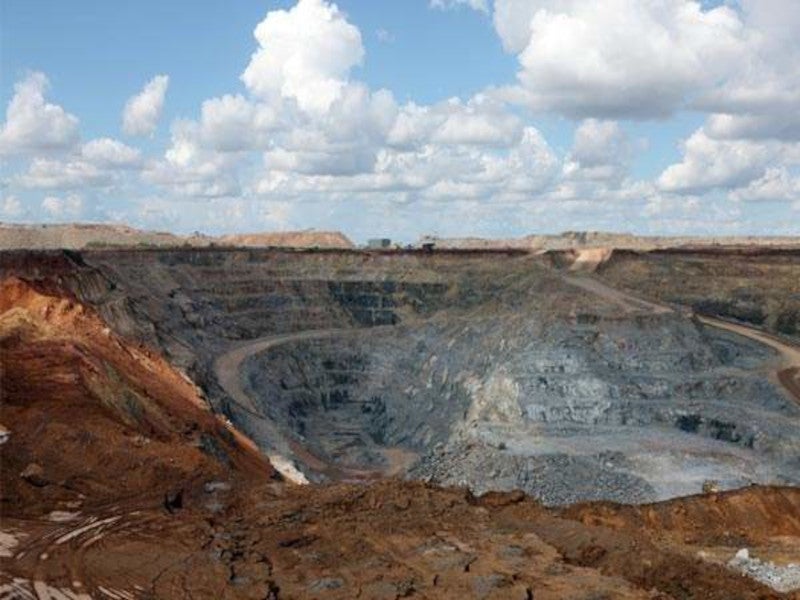
Buzwagi is an open-pit gold mine situated 6km south-east of the district of Kahama in the Shinyanga region, United Republic of Tanzania. Credit: African Barrick Gold.
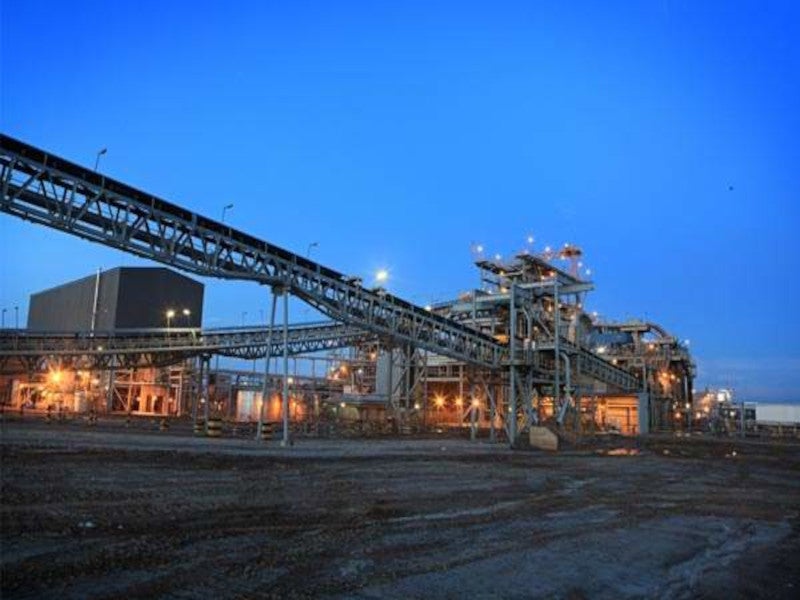
The processing plant at the Buzwagi mine can treat 12,000 tonnes of ore each day. Credit: African Barrick Gold.
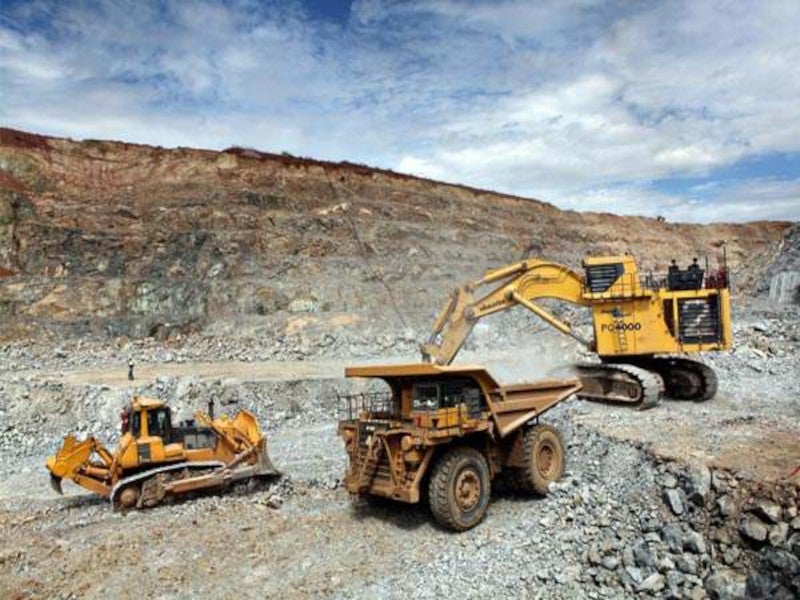
Haul trucks carrying the run of mine ore to the processing facility. Credit: African Barrick Gold.
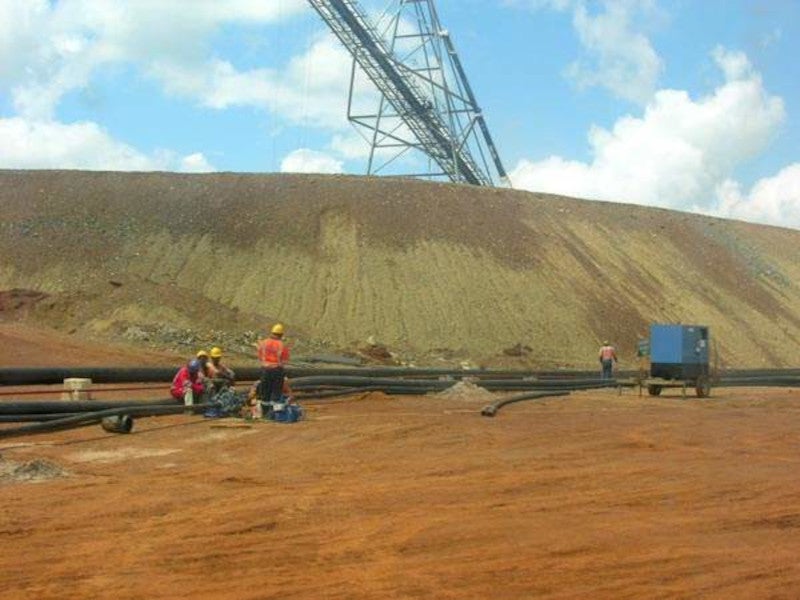
The operations at the Buzwagi gold mine began in May 2009. Credit: Hansueli Krapf via Wikipedia.
The Buzwagi gold mine situated 6km south-east of the district of Kahama in the Shinyanga region, United Republic of Tanzania, was the second largest operating mine in the country at its peak.
The mine was 100% owned and operated by African Barrick Gold (ABG), a subsidiary of Barrick Gold.
ABG purchased the Buzwagi mine in 2000 and the feasibility studies of the mine were completed in 2006. The development of the mine began in 2007 and mining operations commenced in May 2009.
The operational life of the mine came to an end in July 2021 and the mine was officially closed in July 2022.
A new airport terminal was constructed at Buzwagi mine’s Kahama airstrip by a partnership between Barrick Gold and the Tanzania Airport Authority (TAA). The terminal was completed at a total cost of approximately $384,000 and was handed over to TAA in January 2024.
The new terminal can accommodate more than 200 passengers at a time. It features a VIP lounge and meeting room, coffee and gift shop, as well as amenities for people with disabilities.
Porphyritic granite geology at Buzwagi mine
The Buzwagi gold mine lies in a fleece-hosted quartz-veined deposit which comprises porphyritic granite.
Reserves at Buzwagi
The proven and probable reserves at the mine as of December 2011 stood at 61.4 million tonnes grading 1.47g/t Au (2.9 million ounces of gold equivalent) alongside 0.11% Cu (154 million pounds of copper equivalent).
Mining method
Buzwagi was developed as an open pit mine with the help of the truck and shovel method. Extraction of the ore included drilling, blasting, loading and hauling.
The mining fleet comprised three excavators, Komatsu shovels, dozers, front-end loaders, 15 haul trucks and three blast hole drill rigs.
The ore extracted was transported to the processing facility by 150t capacity haul trucks.
Ore processing
The processing plant had a capacity of 12,000tpd of ore. It featured two Knelson KC-XD48 concentrators, CS2000 ACACIA reactors, a primary jaw crusher, a semi-autogenous grinding (SAG) mill and a flotation and carbon-in-leach circuit (CIL).
The run-of-mine (ROM) ore was broken down to a high degree of fineness in a primary jaw crusher. The crushed ore was transferred to the SAG mill for grinding. The ground ore was conveyed to the Knelson KC-XD-48 concentrators and CS2000 ACACIA reactors to produce oxide ore.
The oxide ore was treated by the gravity, flotation and CIL circuit. It was transferred to the cyanide leach tanks containing leach solution to generate a pregnant solution. The solution was moved to the adsorption tanks where the gold attaches to the surface of the carbon. The gold was separated from carbon in a gravity and floatation circuit. The solution was transferred to the tailing storage facility for reuse.
The gold precipitates were transferred to the smelter to produce pure gold doré bars by washing the precipitates with high-pressure sprays followed by drying and melting.
Site infrastructure
The Buzwagi mine was accessible by an adjacent paved highway, a 1,580m airstrip and the Isaka railway hub, which connects to the Port of Dar es Salaam on the Indian Ocean.
Contractors involved in African Barrick Gold’s mining project
Knelson Gravity Solutions was contracted by AGB to supply Knelson concentrators and ACACIA reactors for the Buzwagi processing plant.
Vacon supplied variable speed AC drives totalling 8MW, ranging from the small three-amp Vacon NXS units up to the largest 1,500A Vacon NXC units to render speed control. The company also provided two 1,500-KVA 12-pulse transformers and ten soft starters.
The electricity used in the Buzwagi mine was supplied by the national grid of the Tanzania Electric Supply Company (Tanesco).
Pan African and Komatsu Corporation supplied 46 machines and six generator sets to ABG for deployment at the mine.



